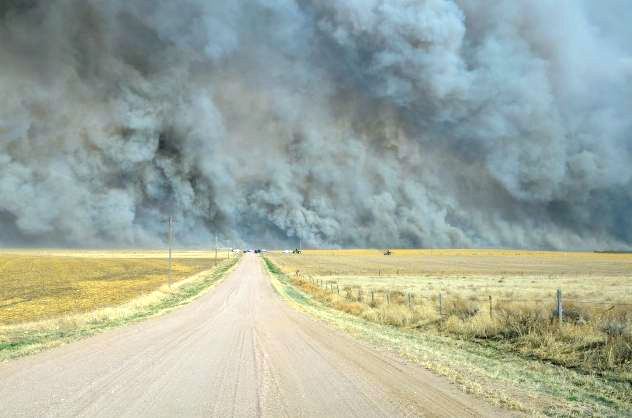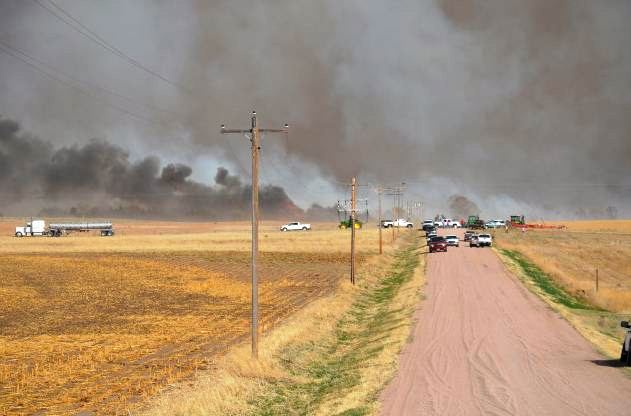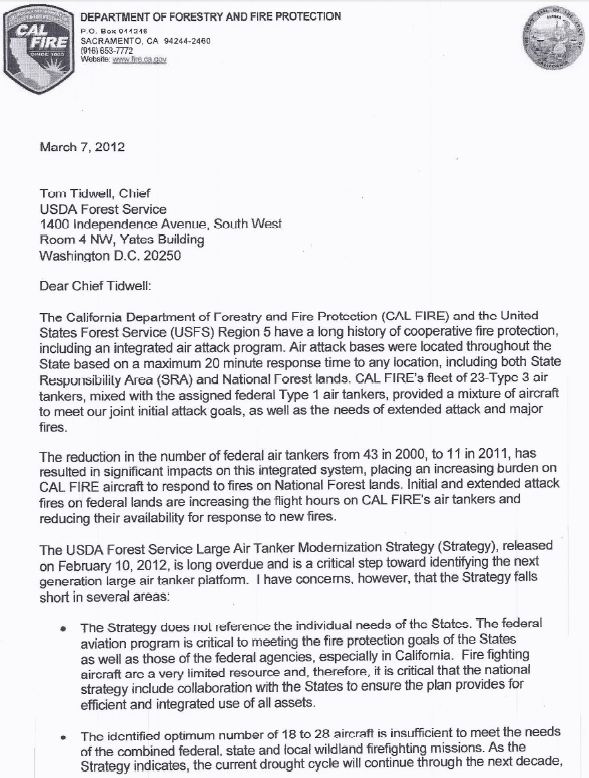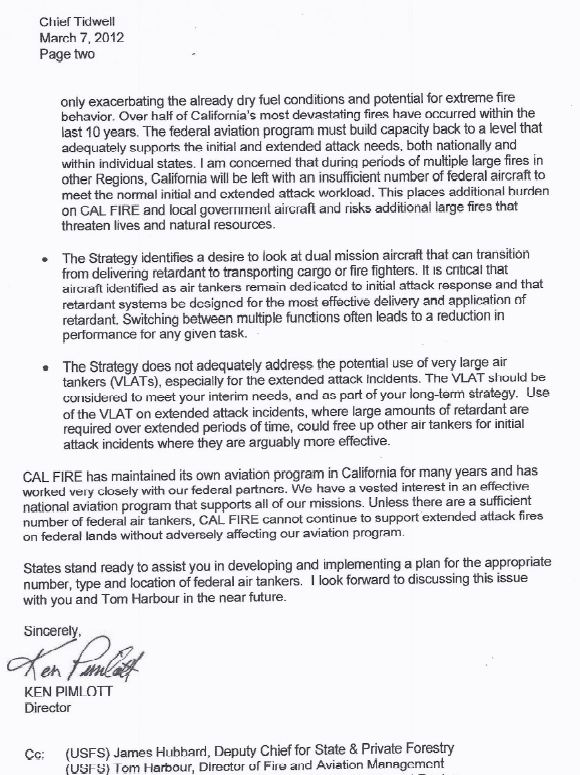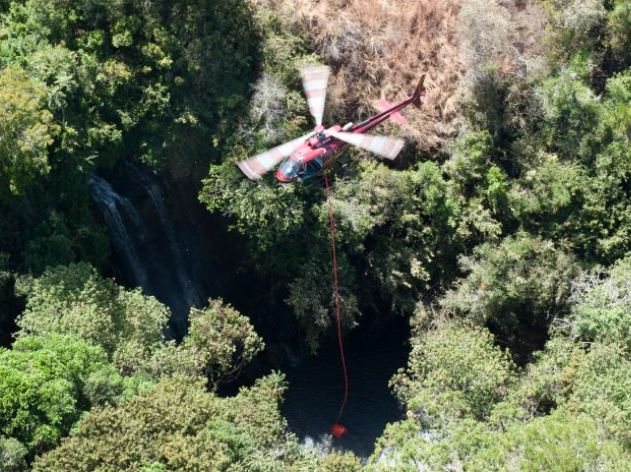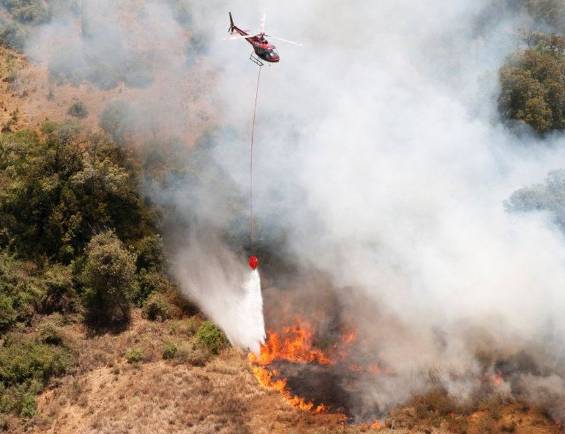Doug Erskine passes away
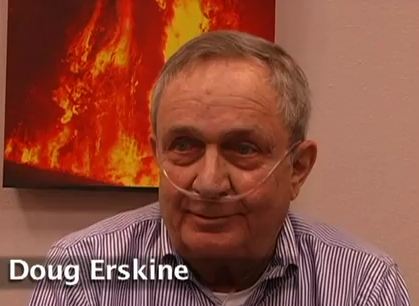 Doug Erskine, former National Park Service Director of Fire Management Operations at the National Interagency Fire Center passed away Wednesday night. He had been dealing with the effects of emphysema/COPD for the last eight years. In September the Wildland Fire Lessons Learned Center posted a 4-minute video featuring him speaking about an intercommunication skill and tactic that worked for him throughout his career. He leaves his wife Margaret, who said there will be a memorial service but not for at least a few weeks.
Doug Erskine, former National Park Service Director of Fire Management Operations at the National Interagency Fire Center passed away Wednesday night. He had been dealing with the effects of emphysema/COPD for the last eight years. In September the Wildland Fire Lessons Learned Center posted a 4-minute video featuring him speaking about an intercommunication skill and tactic that worked for him throughout his career. He leaves his wife Margaret, who said there will be a memorial service but not for at least a few weeks.
Civilian fatalities and injuries
Three stories about civilians being killed or burned in fires are in the news:
- The initial reports were that James Alex Cefaloni, 64, died in a brush fire near Lake Hartwell in Townville, South Carolina. However the Anderson County Deputy Coroner said Thursday that Mr. Cefaloni died of a heart attack after a fire spread from the pile of leaves he was burning.
- A medical examiner has determined that a woman found dead after the Washoe fire near Reno, Nevada on January 20, 2012 died of smoke inhalation. Both a son and daughter of June Hargis, 93, called her and frantically tried to get her to evacuate, but she did not think the fire was a threat and stayed in her home, which later burned. Wildfire Today covered this tragic story on January 22.
- Dannie Withrow, 72, suffered burns over 20 percent of his body while trying to put out a fire that escaped while he was burning trash. He was taken off a ventilator Wednesday morning but is listed in critical condition.
Nebraska fire burns nearly 7,000 acres
And speaking of escaped fires, a prescribed fire on private land near Mullen, Nebraska (map) got out of control and burned 6,700 acres on Wednesday. KNOP-TV reports that 20 fire departments responded as well as a “crop sprayer”. The prescribed fire began at 10:30 a.m., it was reported to the fire department as escaped at noon, and was contained at 5:30 p.m.
Early fire season in plains and upper midwest
A story from the AP is being widely circulated. Here is an excerpt:
…The region’s early start to wildfire season was brought on by a “vicious cycle” of weather patterns, explained Beth Hermanson of the South Dakota Wildland Fire Suppression Division. Three years of excessive snow and rain fed grass growth before this winter’s relatively light snowpack, which left grass standing 4 or 5-feet tall in some areas dried out – creating perfect fuel for wildfires.
“This time of year that’s very unusual because normally we get that snow cover and it lays (the grass) down,” Hermanson said.
“There’s a lot of fuel to burn out there, which is a recipe for disaster as far as fires go,” added North Dakota Forest Service fire specialist Ryan Melin.
Melin said North Dakota averages about 500 grassfires a year, but he expects far more this season considering dozens have already been reported. He also noted that two consecutive springs of heavy rain and flooding dampened grassfires but also spurred excessive vegetation growth.
“This year, my gut feeling is we’re going to be quite a bit above that,” Melin said, adding that about 90 percent of such fires are sparked by humans. “We’ve had a ton of fires and multiple large-scale events of over 1,000 acres.”
Federal land management agencies advertise thousands of seasonal jobs
An article in the Washington Post covers the tens of thousands of seasonal jobs that the federal land management agencies are advertising, including 12,000 U.S. Forest Service positions.
Thanks go out to Dick


